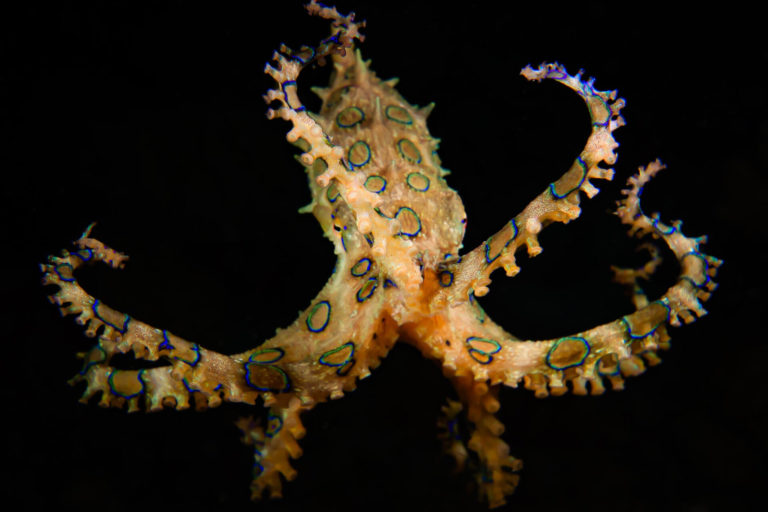INDIVIDUAL IDENTIFICATION
Individual identification is crucial in wildlife research for understanding population dynamics and behaviour. Non-invasive methods like paint marking, natural markings (patterns, scars, etc.), and distinctive signs are reliable means of identifying individuals. Some species also exhibit distinctive signs that aid in identification. For example, footprints, a tracking method used for centuries, can now be analyzed with specialized software, enabling accurate individual, sex, and age group classification with more than 90% accuracy. Another valuable approach for identifying individuals, particularly in capture-mark-recapture studies, is through non-invasive genetic analysis.









